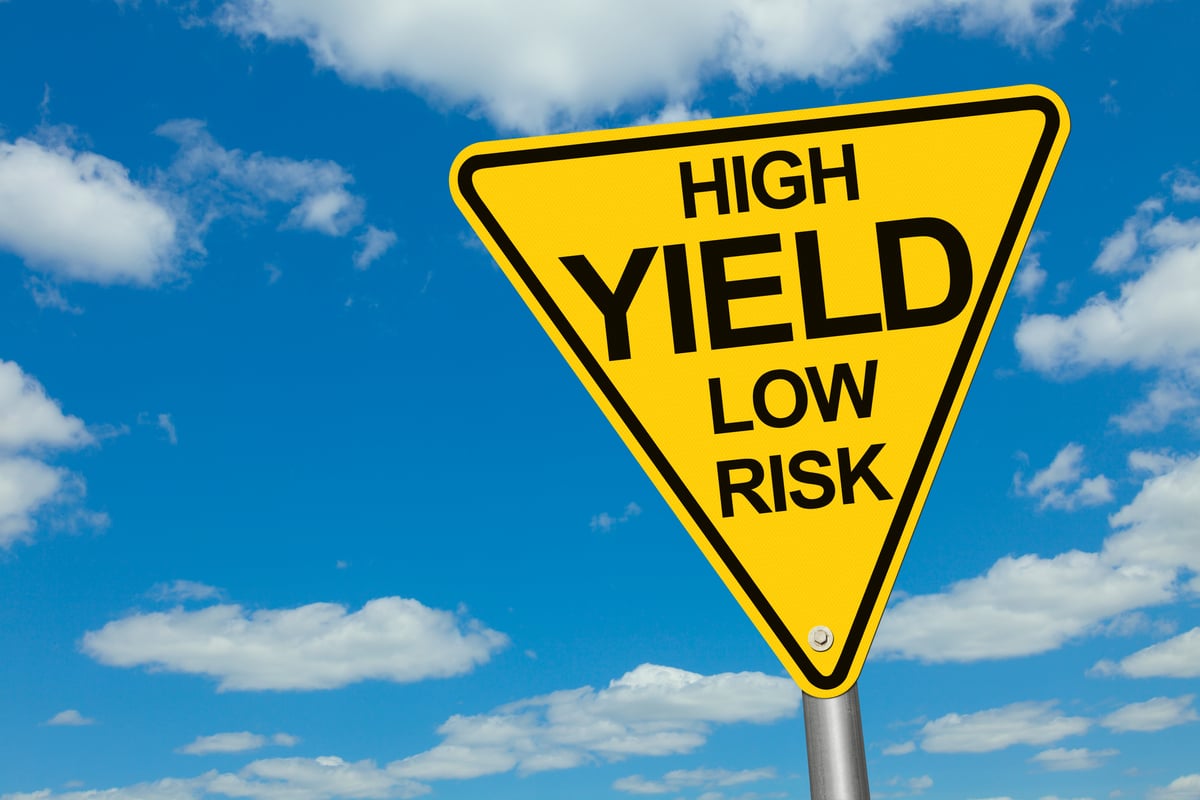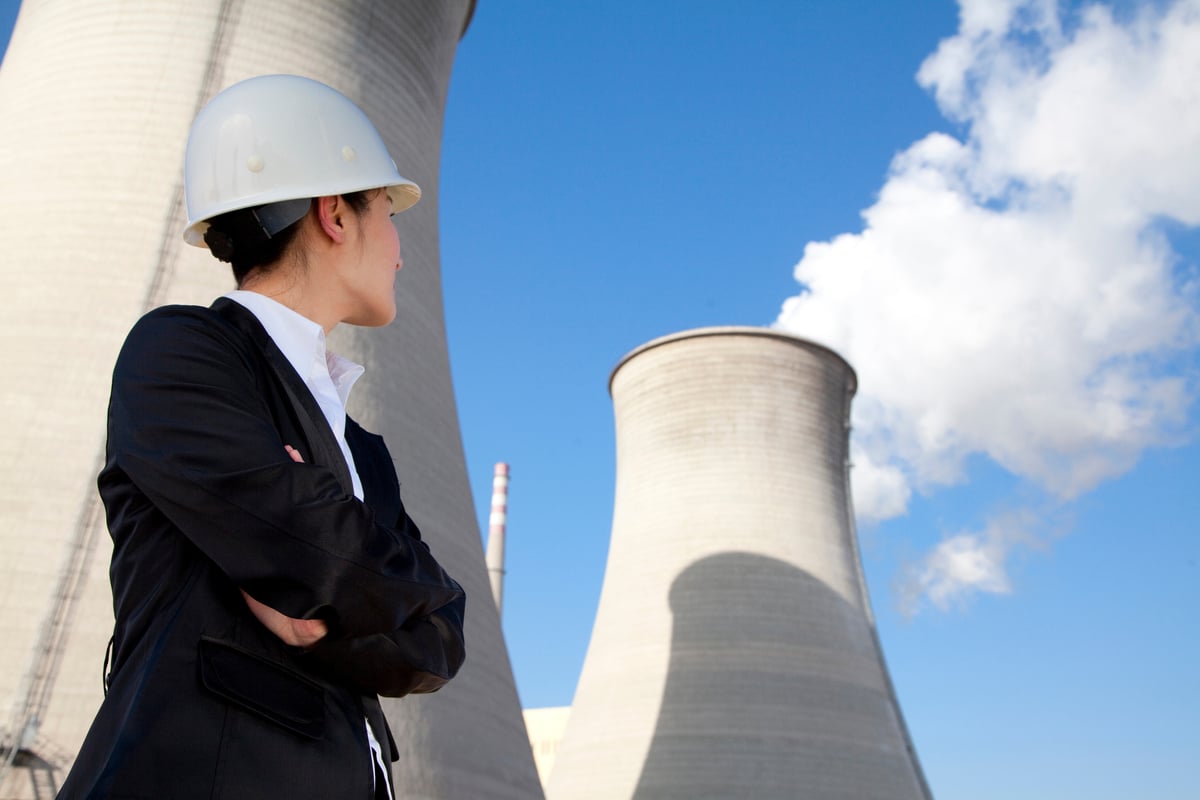In the middle of one of the colder winters on recent record, a TransCanada (TRP +0.09%) natural gas pipeline exploded in Manitoba, Canada. The resulting shortage fueled the argument that more natural gas pipelines are needed to help prevent such occurrences from significantly disrupting gas supplies. Building additional pipelines might help solve these rare distribution issues, but they come at a clear cost.
Pipelines tend to be political
Support or opposition for new pipelines closely follows political party lines. In spite of anticipated economic advantages of building the Keystone pipeline, democrats have largely opposed the project. Despite the negative environmental impacts associated with tar sands that would be further developed if the pipeline was built, republicans largely support the project. Adding to pipeline controversies in general are political contributions from petroleum lobbyists and the pipeline-funded Koch brothers as well as a handful of other petty political considerations.
The need for additional natural gas pipelines, however, can be viewed as less of a political issue, and more simply as an issue of balancing production and distribution.
Production versus distribution
The January natural gas pipeline explosion in Manitoba left Xcel Energy (XEL +0.45%) without comfortable reserves, and Xcel residents and businesses alike were asked to dial back their thermostats to help ensure that no customers would be left without heating fuel in the depth of winter. After becoming accustomed to 75°F comfort, Xcel customers were discomforted (albeit compliant) by a request to set their thermostats to a chilly 60°F.
The overwhelming attention of the pipeline explosion from Internet bloggers and commenters got quickly diverted from concern over affected customers to polarized commentary on pipelines, especially (and misguidedly) the proposed Keystone Pipeline. which would have no effect on natural gas distribution in the Midwest.
The reality is that such peaks in demand only rarely happen, and when they do most consumers are unaffected due to long-term purchase agreements between utility companies and producers. Additional pipeline infrastructure would make shortages less frequent, but the assurance of a continuous supply would come at a cost that could easily exceed $1 billion.

Natural Gas Flare in North Dakota. Source: Wikipedia
Over the past 25 years, marketed natural gas production in the U.S. has been growing steadily and has stayed mostly in-line with U.S. total natural gas consumption. As oil and gas production in North Dakota and elsewhere in the U.S. grows, transportation via pipeline will enable more exports of natural gas products to higher-paying European markets, but would likely have little impact on preventing shortages for American natural gas customers.
Essentially, pipeline proponents may reference the January pipeline explosion to justify the construction of additional natural gas pipeline infrastructure, but in the end the pipelines would likely not be of direct benefit to the customers who were left with restricted fuel usage. Pipelines bring down per-unit costs and increase capacity versus railroad shipping, but the major benefactors are producers, processors and royalty owners, not American consumers.
The takeaway
Oil and natural gas pipeline controversies are abundant and will be ongoing, but the actual need for natural gas pipelines and the intended use of these pipelines should be questioned, especially if the idea is marketed to American consumers under false pretenses. Additional natural gas pipelines may be needed, but the ones who need the pipelines are the producers, not the utility customers being left in the cold.







